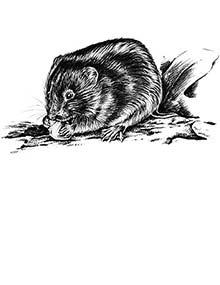

Controlling Voles in Horticulture Plantings and Orchards in Missouri - Page 2
Reviewed
Pine voles spend most of their lives under the ground in burrow systems. They can be found in forested areas but also inhabit fields next to woodlands. They feed on plant roots, flower bulbs, and the growing tissue (cambium) of tree roots.
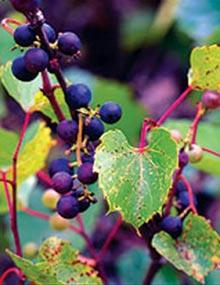
Quail-Friendly Plants of the Midwest, Page 21
Reviewed
Wild grapes are vines capable of climbing to 75 feet or more by means of tendrils. Leaves are alternate, simple and heart-shaped (Vitis) to triangular (Ampelopsis). Flowers bloom from mid to late spring, and globe-shaped fruits are borne in drooping clusters from late summer through fall.
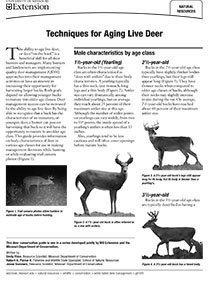
Techniques for Aging Live Deer
Reviewed
The ability to age live deer is a beneficial skill for all deer hunters and managers. Visit our site to learn Techniques for Aging Live Deer.
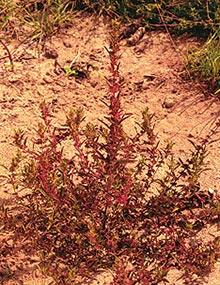
Quail-Friendly Plants of the Midwest, Page 53
Reviewed
Three-seeded mercury is characterized by longitudinally folded, lobed, leaflike bracts that persist throughout the growing season. The seeds are small, egg-shaped and dark brown to light gray or tan.
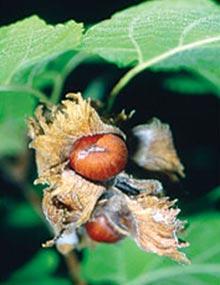
Quail-Friendly Plants of the Midwest, Page 24
Reviewed
Hazelnut is a thicket-forming, spreading shrub that can vary in height from 3 to 10 feet. Its leaves are egg-shaped to oval, doubly serrated with five to eight veins on each side of the central vein. Fruits occur in clusters of two to six.
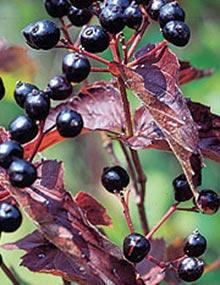
Quail-Friendly Plants of the Midwest, Page 56
Reviewed
Viburnum grows as shrubs or small trees with branching crowns. Flowers are borne in dense, flat-topped panicles that produce many red to bluish black, berrylike fruits in fall. The leaves are opposite and turn brilliant shades of deep rose-purple to rose-red or bright red in fall.
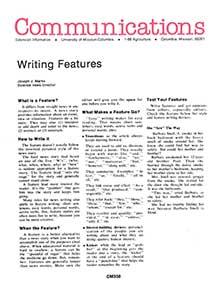
Writing Features
Reviewed
Learn how to craft engaging feature stories by focusing on imaginative leads, concise sentences, and active verbs to captivate your readers.

Quail-Friendly Plants of the Midwest, Page 27
Reviewed
Indian grass is a tall, warm-season nativethat averages 4 to 6 feet in height at maturity. Stems are stiff, and leaves are long and narrow. A characteristic of the plant is the notched ligule, suggesting the rear sight of a rifle.
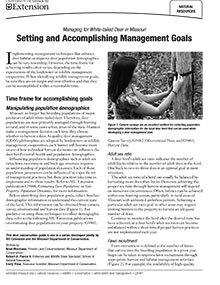
Managing for White-tailed Deer in Missouri: Setting and Accomplishing Management Goals
Reviewed
This guide offers strategies to enhance deer habitat and manage populations effectively through goal setting and monitoring.

Quail-Friendly Plants of the Midwest, Page 59
Reviewed
Acknowledgments
The authors gratefully acknowledge the following individuals and groups for their constructive review of this publication: Steve Clubine, Elsa Gallagher, Emily Horner, Lee Hughes, Aaron Jeffries, Matt Seek, Tim Smith, Bill White, and members of the Missouri Quail and Grassland Bird Technical Committee.
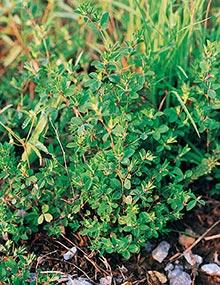
Quail-Friendly Plants of the Midwest, Page 30
Reviewed
Annual lespedeza and Korean lespedeza exhibit many similarities in growth form, occurring as semierect herbaceous plants with three-lobed leaves and reddish-purple to white flowers. Lower leaves are spreading while upper leaves stand erect.

Quail-Friendly Plants of the Midwest, Page 33
Reviewed
Oaks are long-lived trees that produce a seasonally important food for dozens of wildlife species. Their distinctive leaves and bark are identifying features.
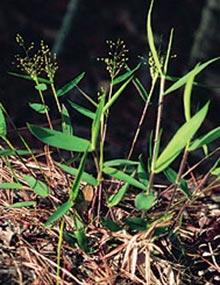
Quail-Friendly Plants of the Midwest, Page 36
Reviewed
More than three dozen species of panic grass are commonly found across the Midwest. Seeds are football-shaped and borne on a sprawling, panicle-shaped seed head. The leaves of panic grasses resemble flags along the stem.

Quail-Friendly Plants of the Midwest, Page 04
Reviewed
American plum can grow as a small tree up to 20 feet high but more commonly occurs in colonies or thickets by sending up root suckers and shoots.
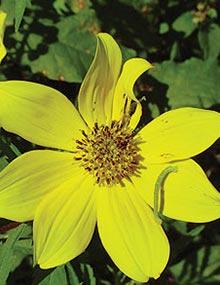
Quail-Friendly Plants of the Midwest, Page 07
Reviewed
Bidens is most often found in moist areas. It has yellow flowers that are 1 to 1.5 inches.
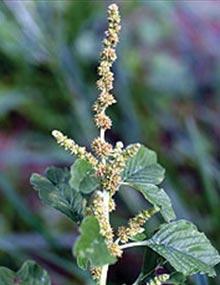
Quail-Friendly Plants of the Midwest, Page 39
Reviewed
Pigweed leaves are alternate and simple. Small green or tan flowers produce small, round, shiny black seeds. The roots are red when pulled. Depending on the species, pigweed may grow 1 to 8 feet tall.
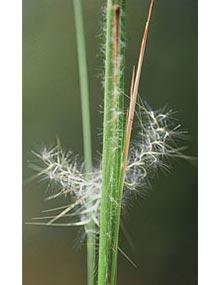
Quail-Friendly Plants of the Midwest, Page 10
Reviewed
Broomsedge is a native warm-season grass that is often confused with little bluestem, but broomsedge stems are the more flattened and more densely leafed. Also, broomsedge in the fall/winter is typically yellowish tan, while little bluestem has a bronzy color.
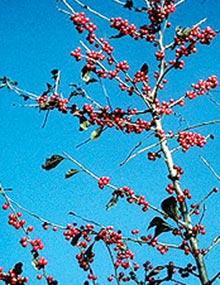
Quail-Friendly Plants of the Midwest, Page 42
Reviewed
Possum haw grows mostly as a shrub but sometimes as a tree up to 30 feet tall. The twigs are slender with short, spurlike lateral twigs. The white flowers bloom in mid-spring either singularly or in clusters. Fruits are orange to red and globe-shaped.
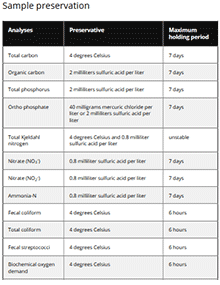
Collecting and Preserving Waste and Wastewater Samples for Analysis
Reviewed
Waste handling systems are used to protect the environment. Visit our site for our Collecting and Preserving Waste and Wastewater Samples for Analysis guide.
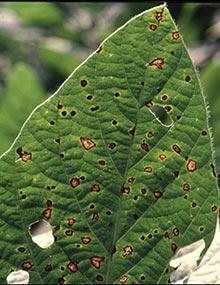
Soybean Rust, Page 4
Revised
Frogeye leaf spot causes small, circular lesions on soybean leaves. It thrives in warm, humid conditions and survives in infected residue and seed.

Soybean Rust
Reviewed
Learn the symptoms, development, and management strategies for soybean rust, a destructive disease caused by fungal pathogens that affects soybean crops.
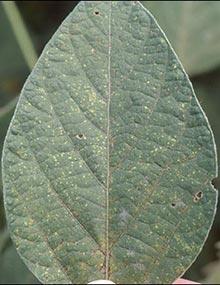
Soybean Rust, Page 7
Revised
These photos show the disease stages of soybean rust, which can be difficult to identify, especially in the early stages.
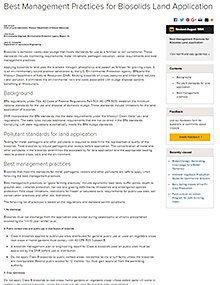
Best Management Practices for Biosolids Land Application
Reviewed
Land application of biosolids recycles nutrients, reduces pollution, and follows safety practices to protect soil, crops, and water.

Nitrogen in the Plant
Reviewed
Nitrogen plays an important part in many essential functions. Visit our website to learn about Nitrogen in the Plant.
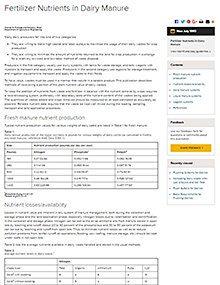
Fertilizer Nutrients in Dairy Manure
Reviewed
Discover effective strategies for managing dairy manure to optimize nutrient recovery and enhance crop productivity through proper manure handling.